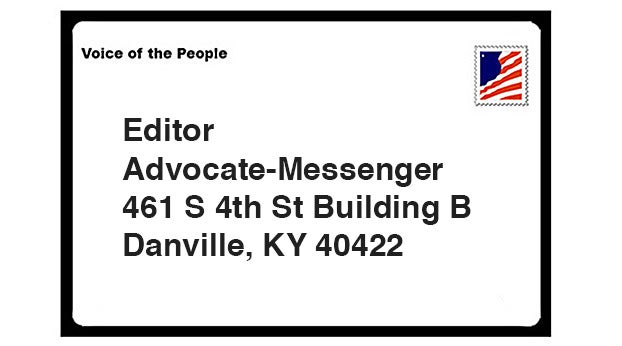Health care in America: a 60-year window
Published 6:24 am Thursday, May 25, 2017
This past weekend, Congressman Brett Guthrie was back in Kentucky. During a district meeting, he covered topics vital to our region, state and nation. Healthcare received great attention.
Recently, when the fundamental issues surrounding healthcare reform have been discussed on the news, one element essential to resolving our cost and care problems has been woefully lacking: tort reform.
Questioning others in the meeting, none had heard any discourse on lawsuits, let alone limiting aggressive pursuit of healthcare providers over frivolous claims.
Valid reasons to sue do exist. Yet reflecting on the late 1960s when Medicare and Medicaid began reveals extraordinary settlements — at times in dubious cases — that have:
A) imposed severe financial penalties, including exorbitant malpractice premiums;
B) caused related professional hardships for doctors, hospitals and others in medicine;
C) resulted in hundreds of millions being added to healthcare costs; and
D) pushed healthcare providers to order costly tests to “build a file” against litigation.
One early example illustrates the origins of questionable court cases. It dates back to the 1950s. Countless times, massive doses of oxygen were administered to premature babies in order to assure their survival following the trauma of early birth. It was accepted practice at that time, but within a couple of years, data revealed a high percentage of those infants were blinded as a direct result of that life-saving treatment.
Just a couple of decades later, many of these same patients, now in early adulthood became aware of the correlation between their nearly miraculous survival and the fact they lived, only to be blinded. In great irony, many retained attorneys and won monetary settlements for their lost sight.
While no one can stand with integrity by accepting proven malpractice, nonetheless the genesis of some medical testing today stems from fear. Healthcare practitioners may order a wide variety of diagnostics —many costing five figures — for self-protection against lawsuits, rather than to aid patient care.
Contact your members of Congress. The silence surrounding tort reform must become a clarion call if we are to truly address cost-effective, patient-oriented healthcare reform.
Tom Ellis
Danville




